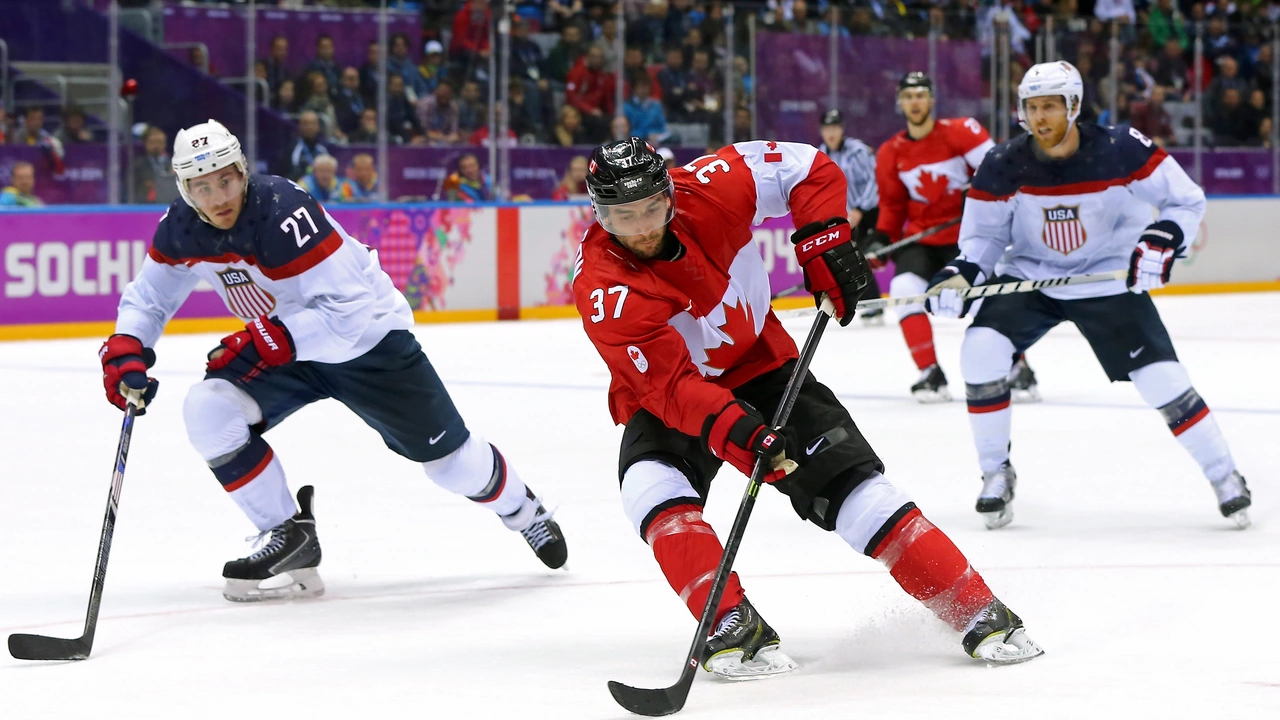Why are you curious about hockey? Answers that actually help
Every fan, player, or parent hits a point where they ask "why?" – why a team loses, why a skill feels impossible, why a sport isn’t popular in their country. Those questions are the fuel for learning and growing. On this page we tackle the most common "why" queries that show up on the Lipson Lions blog, and give you straight‑forward advice you can use today.
Instead of vague theory, we focus on real‑world reasons and simple fixes. Whether you’re wondering why the United States lags in international field hockey or why your own ice‑hockey game feels stuck, you’ll find practical steps that make sense without a PhD in sports science.
Why the United States struggles at international field hockey
The biggest reason the US isn’t a field‑hockey powerhouse is that the sport simply isn’t part of the national culture. Kids grow up playing baseball, basketball, or football, so they never pick up a stick on a grass pitch. That meant fewer grassroots clubs, less qualified coaching, and limited funding for facilities.
Another factor is the competition calendar. While European and Asian nations have year‑round leagues, US schools and colleges focus on other sports, leaving field hockey to a short spring season. The result? Players get far fewer high‑pressure matches, which hurts development.
If you’re an American wanting to improve, start with the basics: join a local club that participates in regional tournaments, get on‑ice experience through indoor hockey, and watch international games to learn positioning. Even a few extra training hours each week can bridge the gap over time.
Why you might be bad at ice hockey – and how to fix it
Most beginners blame talent, but the reality is that skating fundamentals are the foundation of everything on the ice. If your stride feels shaky or you tire quickly, your puck control and reaction time will suffer.
Start by breaking down your skating into three parts: balance, power, and edge work. Spend 15 minutes each practice just gliding with a hockey stick on your back – it forces you to keep a low centre of gravity. Then add short sprints and practice stopping on both edges. Those drills translate directly into faster, smoother movement during games.
Puck handling is another common weak spot. Instead of trying fancy tricks, focus on simple forehand and backhand passes against a wall. Consistency beats flash. Over time, increase the distance and add a moving target, like a teammate or a small portable net.
Finally, understand the game’s strategy. Watching a few minutes of a professional match and noting where players position themselves on offensive and defensive zones can sharpen your decision‑making. Combine that mental work with the physical drills above, and you’ll notice real improvement in weeks, not months.
These answers are just the start. The "why" tag on our blog gathers many more questions – from why the Stanley Cup isn’t taken home to why certain hockey jerseys stand out. Dive into each post for deeper insights, and keep asking "why" – it’s the quickest way to get better at the sport you love.
